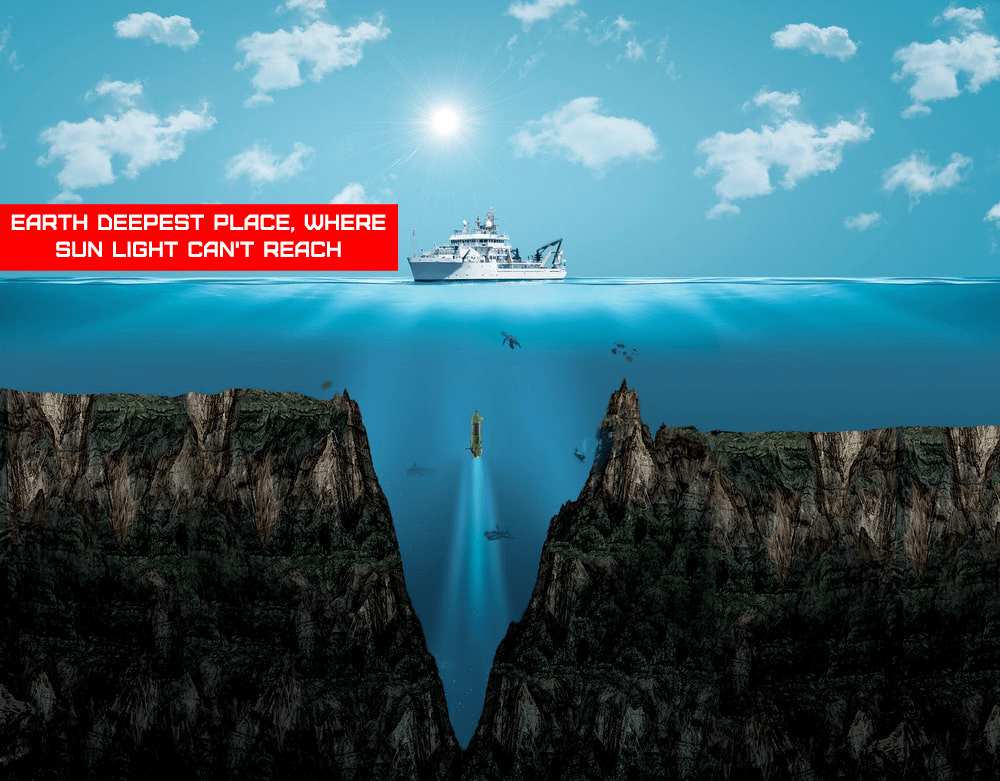Teleportation has always been a sci-fi dream, but scientists have recently been able to teleport nano-sized things across substantial distances. We’re still a far way from teleporting even the smallest, visible-to-the-unaided-eye items, but that didn’t stop a group of scientists from calculating how long it would take to teleport a complete human being. It’s quite long.
What is Teleportation & How its Work?
Unfortunately, transporters from “Star Trek” and telepods from “The Fly” are not just a far-future possibility, but may also be physically impossible.
After all, a transporter that allows a person to move instantly to some other location also might require that person’s information to travel at the light speed, which is forbidden under Einstein’s theory of special relativity.

Furthermore, in order for a person to teleport, the teleporter’s computer would have to recognise and analyse each of the human body’s 1028 atoms that comprise the human body. That’s almost a trillion trillion trillion atoms. This wonderful machine would then have to relay the information to another location, where another amazing machine would precisely reconstruct the person’s anatomy.
How much wiggle room would there be? Forget about your anxieties about splicing DNA with a housefly, for if your molecules reassembled even a millimetre out of place, you’d “arrive” with serious neurological or physiological harm.
And the definition of “arrive” would very likely be a source of disagreement. The transferred person would never “arrive” anywhere. The entire process would be much more like to a fax machine, with a duplicate of the person emerging at the receiving end, but what would happen to the original? After each fax, what do YOU do with your originals?
So it stands to reason that any successful bio-digital teleportation would be an act of both murder and creation. With each use, your body’s every aspect would be digitalized, resulting in the development of a genetic clone complete with all of the traveller’ memories, feelings, hopes, and dreams.
The original copy would have to perish, unless we’re okay with duplicating ourselves every time we need to fly cross-country and committing infanticide every time Jimmy goes to school.
Scientists will undoubtedly continue to improve on the basic notions of teleportation, as they do with all technologies. One day, such a bleak view of life, death, and teleportation may appear archaic and ignorant. Our forefathers may have felt their bodies fade and dematerialize on one world while their eyes opened on a planet light-years away.
Aside from the funny mad science, if researchers could significantly improve the power source, the time it would take to teleport an object would be reduced. But first, we’d have to figure out how to create a ray that could zap around 2.61042 bits of data from a human. Then we could work on making people live longer than the universe’s age, or developing a power source capable of destroying the universe on its own.









